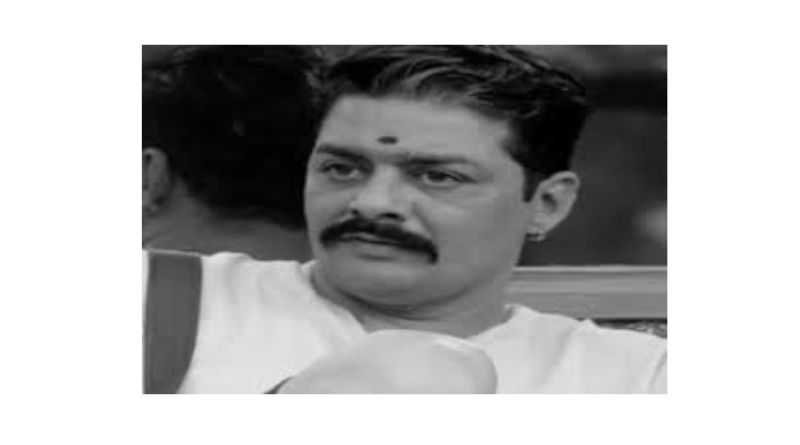Hindustani Bhau is a traditional community from the state of Gujarat. Over two-thirds of Gujarat’s population belongs to this community. People who are from this community are called baths and are known for being industrious and hardworking. Their culture is rich in tradition and is not only influenced by Gujarati society but also by other Indian cultures
Hindustani Bhau is a traditional community from the state of Gujarat.
Hindustani Bhau is a traditional community from the state of Gujarat. They are also known as Bhats and are mostly found in the Saurashtra region of Gujarat.
They practice endogamy and exogamy, which means that they marry people from their own community or clans only. They live in small villages where they grow crops like cotton, potatoes, and wheat on farms owned by them or their families; this makes them self-sufficient financially of the Hindustani Bhau family.
Over two-thirds of Gujarat’s population belongs to this community.
The community is mostly found in the state of Gujarat. Most people who belong to this community are Hindu and they can be found across all social strata. It also includes Muslim Bhau as well as Parsi Bhau, Jain Bhau, and Sikh Bhau communities.
Hindustani bhav is a term that refers to people who are from the Hindustani community. It refers to those born in India or abroad but follow customs similar enough that it’s considered a distinct culture within itself (like Chinese food for example).
People who are from this community are called baths and are known for being industrious and hardworking.
People who are from this community are called baths and are known for being industrious and hardworking. They may have come to India from Pakistan, Afghanistan, or Central Asia.
In addition to Hindus, there were also some Muslim families living in the town of Bhagwantnagar. These Muslims were forced out of their homes by the Hindu mobs during 1947’s Partition riots. The remaining Muslims were spread across different parts of India (including some villages). It’s estimated that about 2% of these people today continue to be descendants of those displaced by Partition; however, most live outside Gujarat State in West India where they continue practicing Islam as their religion despite growing up under British rule after 1857 when Britain took control over South Asia after winning wars against local rulers like.
Tipu Sultan ruled Mysore city until his death at age 31 (1782) while defending himself against attackers led by Tipu Secunderabad district collector Ishwari Bai Holkar who killed him along with other soldiers including Colonel George Colebrooke who commanded one wing respectively on both sides during Battle near present-day Raichur near Bengaluru area between Sepoys forces led by Col Gen Nathaniel Cantell against Madras cavalry brigade led under Lt Gen Sir Colin Campbell VC CB CVO GCHG KCSI GCMG CSI DSO OBE MC & Bar etc., two days later on 20th October 1803 British army won another battle near Coorg hills defeating Tipu’s main body consisting mainly cavalry units which included several European officers too.
Their culture is rich in tradition and is not only influenced by Gujarati society but also by other Indian cultures.
The Hindustani Bhau community is a South Asian ethnic group, who have roots in Gujarat. They have their own culture, traditions, and lifestyle that are rich in tradition and not only influenced by Gujarati society but also by other Indian cultures.
The Gujarati culture has been influenced by many other cultures from its inception as an independent state. It’s also home to people from across the world who have come here looking for work or to study at universities like Oxford or Cambridge University in England; some even go on to higher studies like law or medicine!
Conclusion
Hindustani Bhau is a very traditional community from Gujarat. This group has been around since the 14th century and is known for being industrious and hardworking. They have their own unique customs and traditions, which are not only influenced by Gujarati society but also other Indian cultures.
For more info click here










